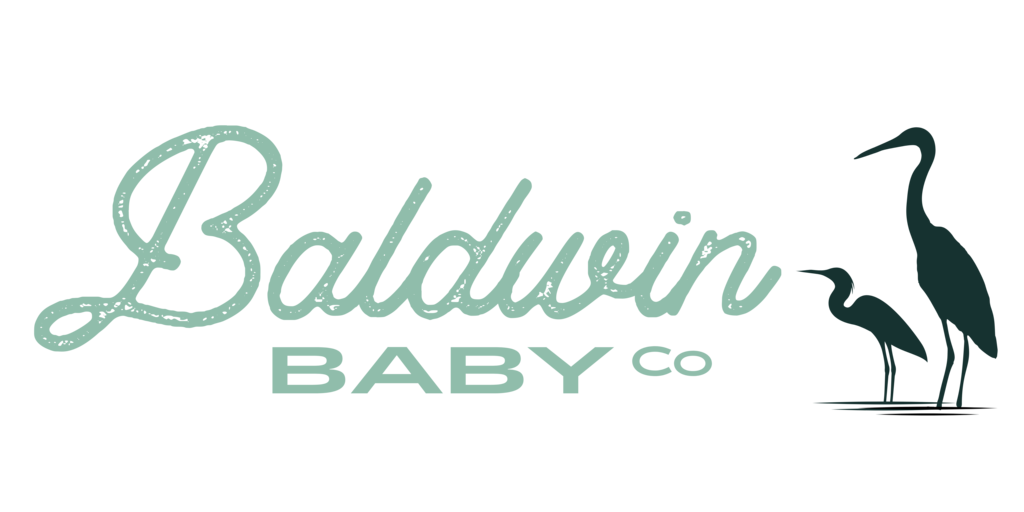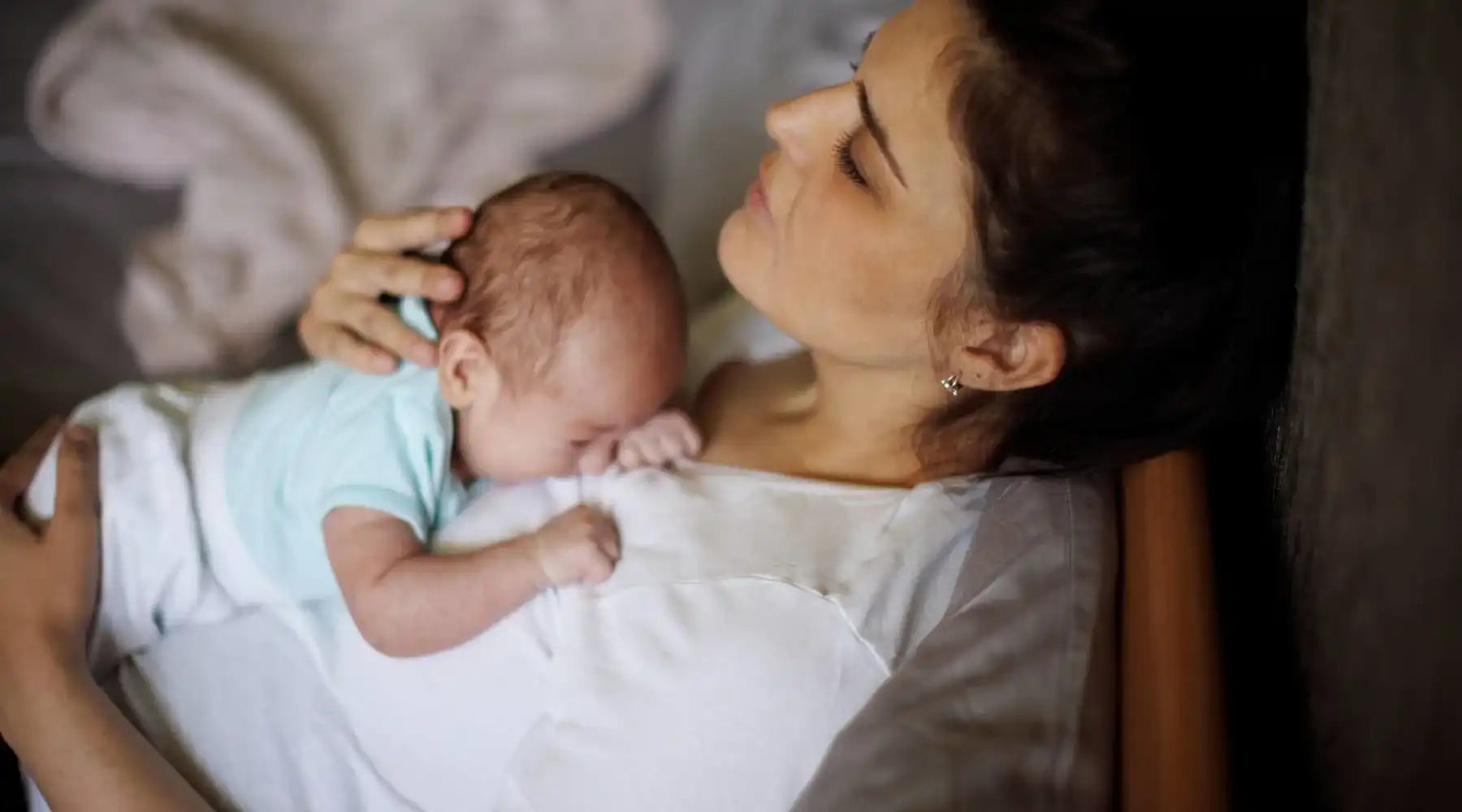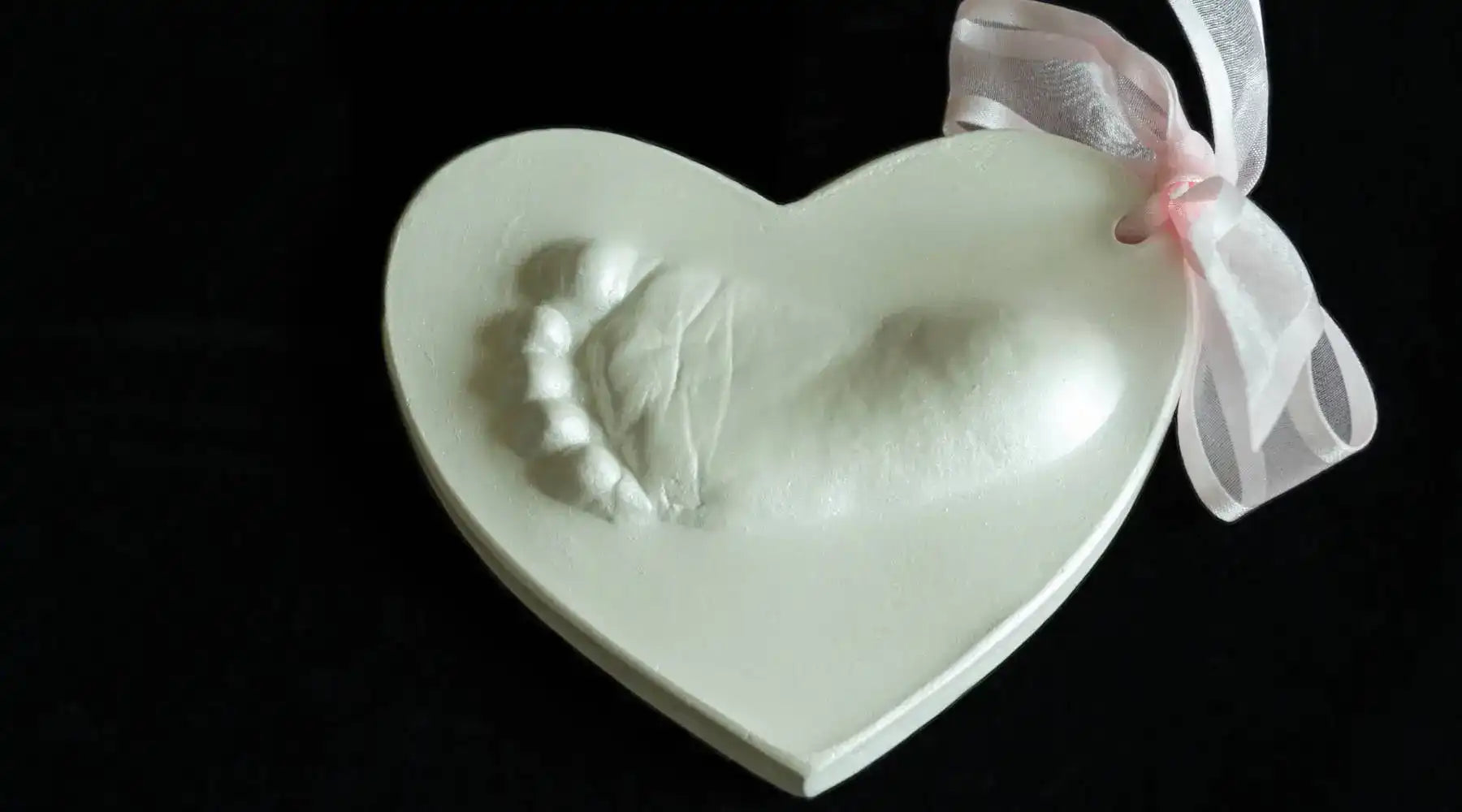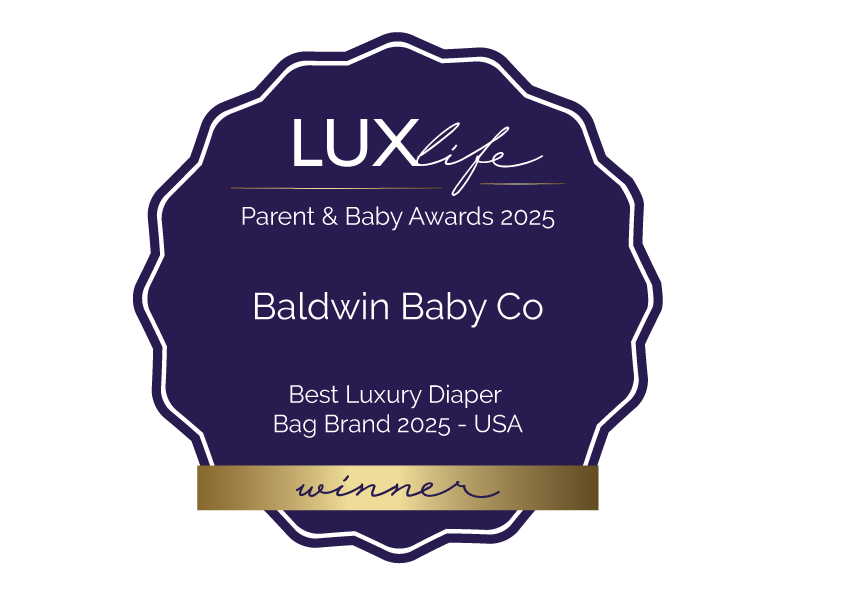Infant Development & Milestones
Your baby’s first year is packed with remarkable milestones that showcase growth in every area—physical, social, emotional, and cognitive. From rolling and cooing to crawling, walking, and those first real words, each stage reveals more of your little one’s abilities and personality. Milestone charts offer a helpful roadmap, but every child has a unique pace—some skip crawling, others walk before they babble confidently—and that’s perfectly normal.
Looking at the whole picture matters: gross motor skills like rolling and sitting, fine motor skills like grasping and reaching, expanding language and communication, early social-emotional connections, and cognitive growth fueled by play and exploration. Sleep patterns, predictable routines, and a safe environment all support healthy progress. Use age-by-age milestones as gentle benchmarks, encourage learning through everyday activities, and check in with your pediatrician if something feels off—early reassurance (or early intervention) can make all the difference.










